The History of Techno Music: From Detroit to the World [2025]
Techno music is more than just a genre—it’s a cultural phenomenon that has shaped the sound of modern electronic music. Born in the heart of Detroit, techno has grown into a global movement, influencing artists, fashion, and nightlife across the world. In this blog post, we’ll take a deep dive into the history of techno music, exploring its origins, key players, and evolution. Along the way, we’ll showcase iconic images that bring this incredible story to life.
The Birth of Techno: Detroit in the 1980s
Techno music emerged in the early 1980s in Detroit, Michigan, a city known for its automotive industry and Motown sound. But as factories closed and unemployment rose, a new sound began to take shape—one that reflected the city’s industrial landscape and futuristic aspirations.
- The Belleville Three: Techno’s pioneers are often credited to Juan Atkins, Derrick May, and Kevin Saunderson, also known as the Belleville Three. These high school friends from the Detroit suburb of Belleville were inspired by European electronic acts like Kraftwerk and Giorgio Moroder, as well as funk and soul.
- Juan Atkins: Often called the “Godfather of Techno,” Atkins coined the term “techno” and released groundbreaking tracks like “Clear” under his alias Cybotron.
- Derrick May: Known for his track “Strings of Life,” May brought emotion and melody to techno, earning him the nickname the “Charlie Parker of Techno.”
- Kevin Saunderson: A master of blending techno with house music, Saunderson’s project Inner City brought techno to the mainstream with hits like “Big Fun.”
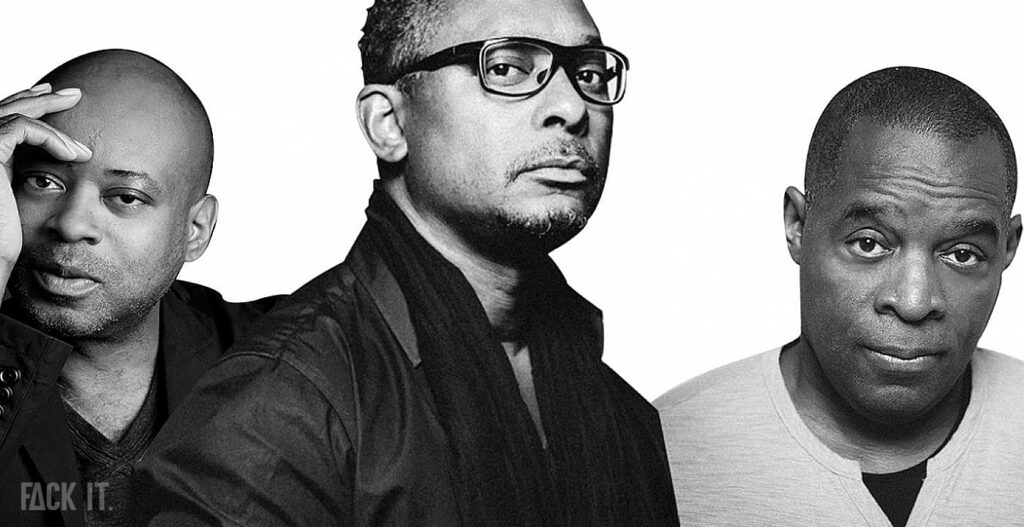
The Second Wave: Techno Goes Global
By the late 1980s and early 1990s, techno had spread beyond Detroit, finding a second home in Europe—particularly in Germany.
- Berlin’s Love Affair with Techno: After the fall of the Berlin Wall in 1989, abandoned buildings and empty spaces became the perfect playground for techno parties. Clubs like Tresor and Berghain emerged as iconic venues, cementing Berlin as the techno capital of the world.
- Tresor: Opened in 1991, Tresor was a former bank vault turned nightclub that became a symbol of Berlin’s underground techno scene
- The Rise of Rave Culture: In the UK, techno became a cornerstone of the rave movement. Massive outdoor parties and illegal warehouse raves brought techno to a new generation of fans.
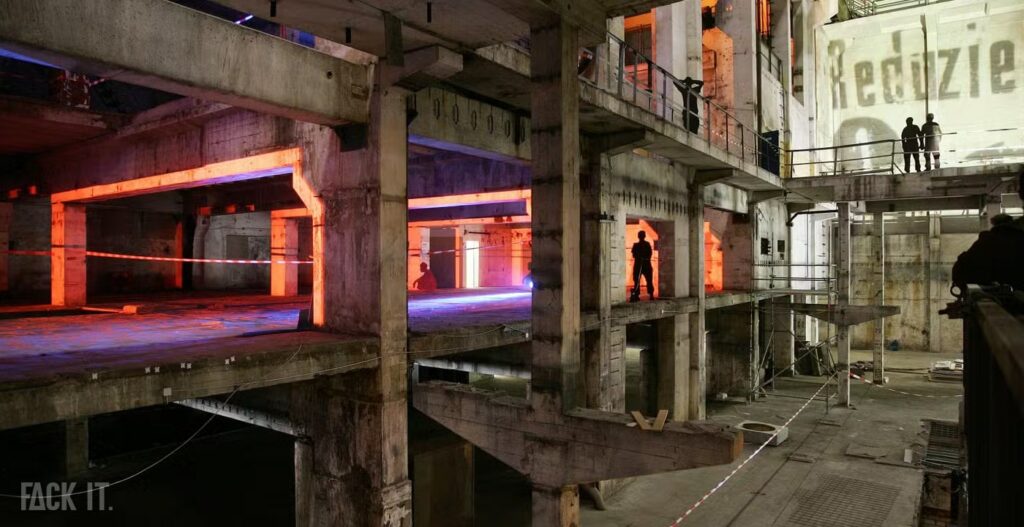
The 2000s: Techno Diversifies
As techno entered the 21st century, it began to splinter into subgenres, each with its own unique sound and culture.
- Minimal Techno: Artists like Richie Hawtin (aka Plastikman) and Ricardo Villalobos pioneered minimal techno, stripping the genre down to its essentials.
- Industrial Techno: Acts like Surgeon and Regis brought a darker, heavier sound to the scene.
- Melodic Techno: Labels like Afterlife and artists like Tale of Us introduced emotional, cinematic elements to techno.
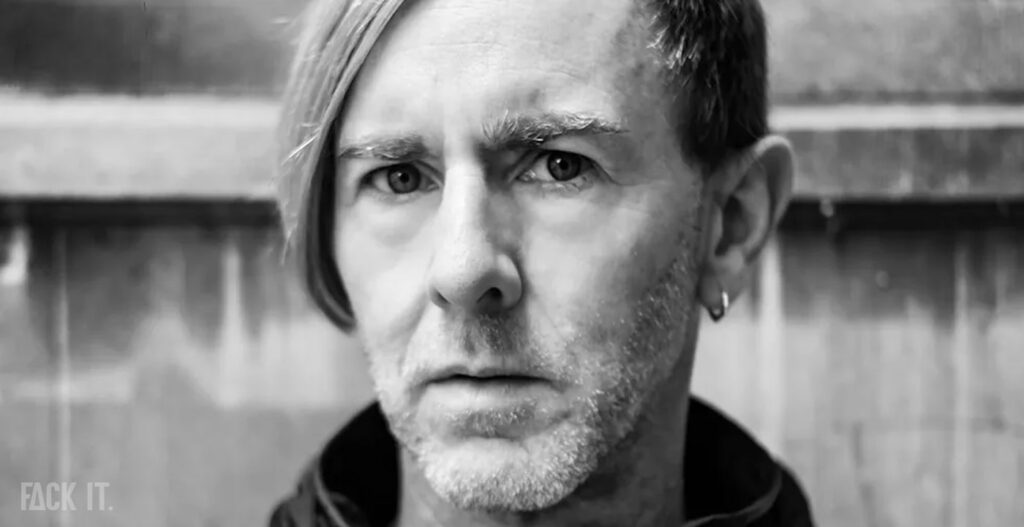
Techno Today: A Global Movement
In 2025, techno is more popular than ever, with festivals, clubs, and artists pushing the genre to new heights.
- Festivals: Events like Awakenings, Time Warp, and Movement attract thousands of fans from around the world.
- New Artists: The next generation of techno producers, such as Charlotte de Witte, Amelie Lens, Reinier Zonneveld, ONEDEFINED and I Hate Models, are carrying the torch forward.
- Technology: Advances in music production and live performance technology are allowing artists to create more immersive experiences than ever before.
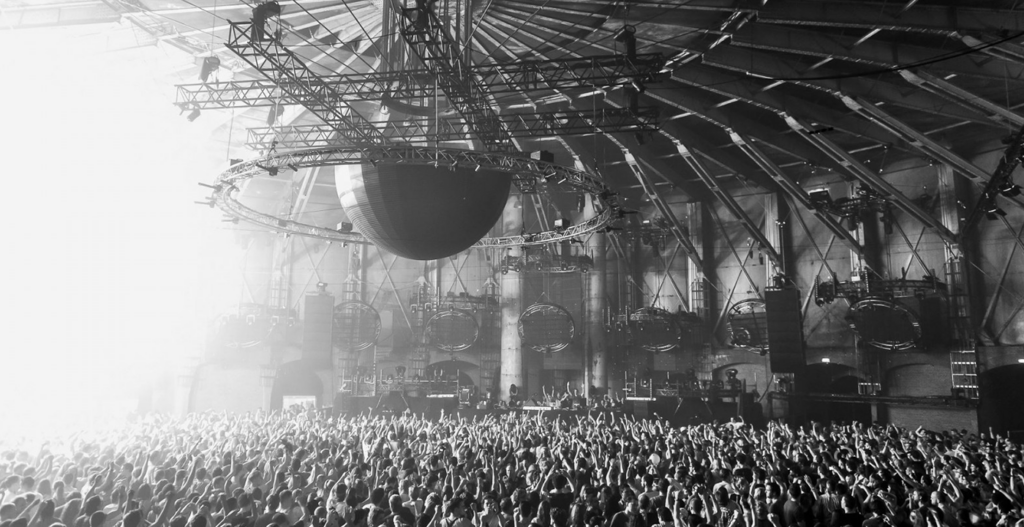
The Cultural Impact of Techno
Techno isn’t just music—it’s a lifestyle. From fashion to art, the genre has influenced countless aspects of culture:
- Fashion: Techno’s DIY ethos has inspired brands like Official Fack It Store, RAVE TODAY and Naked Ape, as well as the iconic raver look of neon, baggy pants, and bucket hats.
- Art and Design: Techno’s futuristic aesthetic has influenced visual artists, graphic designers, and even architects.
- Community: At its core, techno is about inclusivity and unity. The dance floor is a space where people from all walks of life can come together and express themselves.
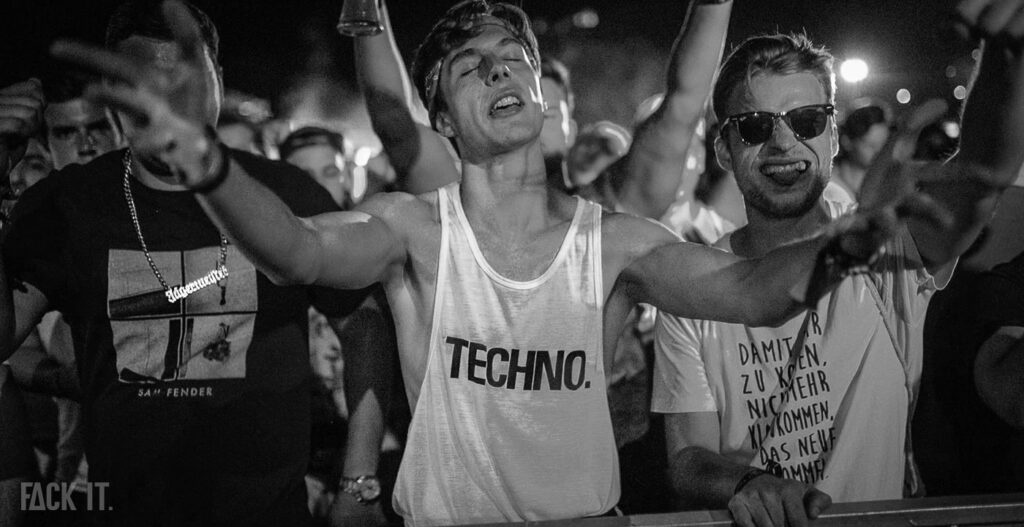
Conclusion: The Beat Goes On
From its humble beginnings in Detroit to its global dominance today, techno music has come a long way. It’s a genre that continues to evolve, inspire, and bring people together. As we look to the future, one thing is certain: the beat will never stop.
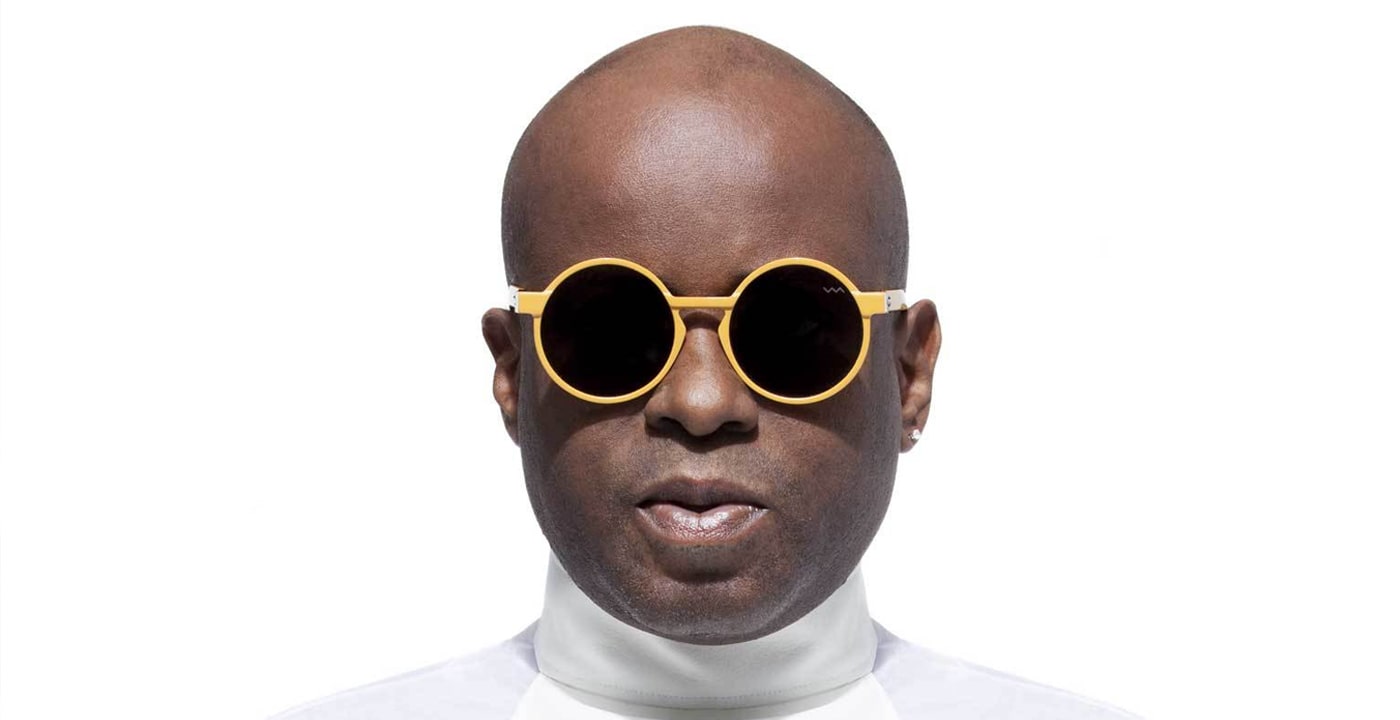
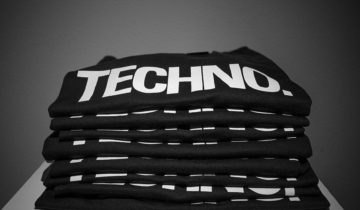
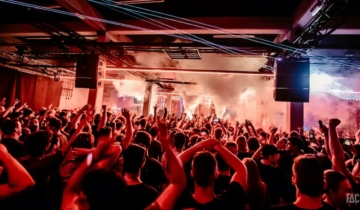
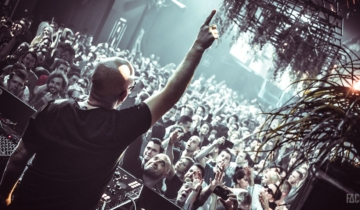
 No products in the cart.
No products in the cart.
Comments (1)
Comments are closed.